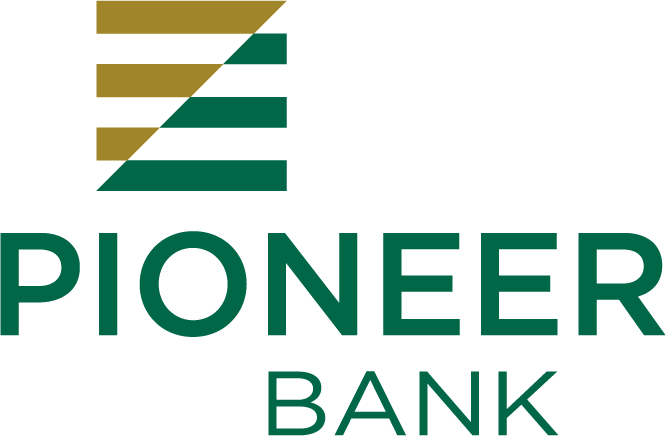
The Paycheck Protection Program has been one of the most visible programs inside the US Government’s response to the pandemic. The overall goal of the program was to get loans to small businesses to help them keep their staff employed as we entered the unknown waters of a pandemic economy. If these small businesses kept their staffs employed, these loans would be forgiven, and the loans would essentially convert into grants. There was recently a change to how much funding a small business would qualify for, and this change will have a dramatic impact on the smallest businesses who were previously either left out of the program or only qualified for a nominal amount of funds.
These changes revolve around people who report their business income using a Schedule C on their tax return. Schedule Cs are typically used for sole proprietors (fancy way of saying people who do business in their personal name with no formal entity like a LLC or corporation), but some LLCs also use Schedule Cs. Up until this point, these businesses would determine the amount of a loan they qualified for by combining the annual payroll costs of any employees with the net profit of the business. These two figures formed the basis of the calculation, and the idea was that these figures would represent the combined compensation paid the employees and the owner.
The unintended consequence of how the program was initially setup is that many of the smallest businesses operate at essentially a breakeven where income is nearly entirely offset by expenses. Due to this, the “owners” portion (net profit) could be very low or $0 which caused their PPP loan amount to go down. With the new changes, the “owner” compensation portion of the calculation has been switched from using the net profit to the gross profit. This change will dramatically impact the amount of PPP funds a small business can qualify for as well as even allowing some businesses with a negative net profit to receive PPP funds when previously they did not qualify at all.
These changes became effective on March 5th, and they will be in place through the end of the program on March 31st. This can have a massive impact on some of the smallest businesses in our community. Businesses that use Schedule Cs range from popup stands at the farmers market to businesses on Front Street. This group of businesses provide much of the vitality that makes Mankato special; so let’s get the word out so these businesses survive!
At Pioneer Bank, we have funded over 1,350 PPP loans for our community with a median loan size of $20,000. Most banks have access to this program, but anyone can feel free to send any questions to Clay Sharkey.




